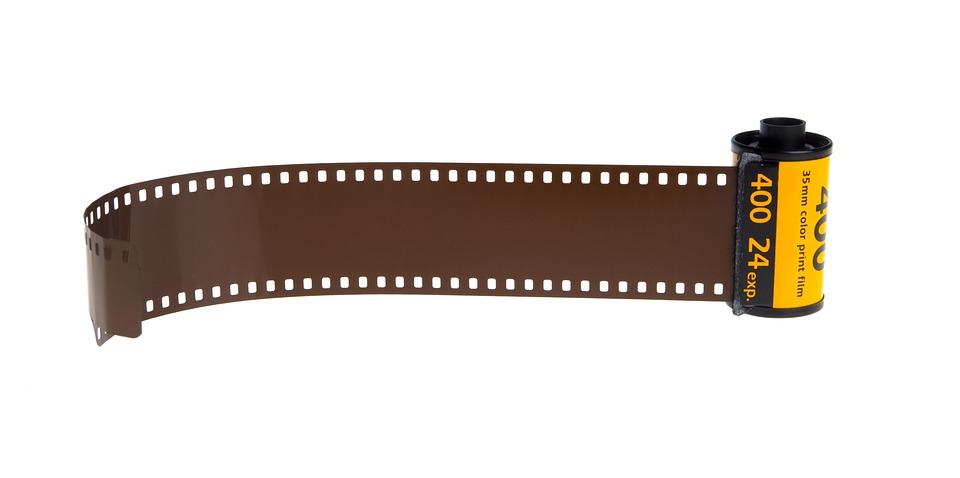Introduction
The film distribution landscape has undergone a significant evolution over the past several decades, from the studio system of the early 20th century to the rise of streaming platforms in the digital age. This evolution has been driven by technological advancements, changing consumer behavior, and shifts in the business models of film production and distribution companies. In this article, we will explore the key milestones in the evolution of film distribution and examine how the rise of streaming has transformed the industry.
Studio System Era
The studio system, which dominated the film industry from the 1920s to the 1950s, was characterized by a handful of major studios controlling all aspects of film production, distribution, and exhibition. Studios like MGM, Warner Bros., and Paramount had vertically integrated operations that allowed them to tightly control every stage of the filmmaking process. This system enabled studios to churn out a high volume of films and dominate the box office.
Challenge of Independent Filmmakers
While the studio system allowed for the creation of iconic films and stars, it also presented challenges for independent filmmakers. These filmmakers often struggled to get their films distributed and had limited access to mainstream theaters. As a result, many independent films languished in obscurity or had limited exposure to audiences.
Emergence of Independent Distributors
In the 1960s and 1970s, the rise of independent distributors like Miramax and New Line Cinema offered a new avenue for independent filmmakers to get their films distributed. These companies focused on acquiring and promoting independent films, often targeting niche audiences and experimenting with new distribution models. Independent distributors played a crucial role in diversifying the types of films available to audiences and challenging the dominance of the major studios.
Rise of Home Video and Cable TV
The 1980s and 1990s saw the emergence of new distribution channels that revolutionized the film industry. The rise of home video, led by companies like Blockbuster and VHS rental stores, allowed audiences to watch films in the comfort of their own homes. This shift in consumer behavior significantly impacted the traditional theatrical distribution model, as audiences were no longer exclusively reliant on cinemas for accessing new releases.
Impact of Cable TV on Film Distribution
Cable television also played a significant role in changing the distribution landscape. Channels like HBO and Showtime began to acquire and produce original films and documentaries, offering audiences a diverse range of content outside of the traditional Hollywood system. Cable TV further democratized access to films and provided filmmakers with new opportunities to reach wider audiences.
Digital Revolution and Streaming Platforms
The digital revolution of the early 2000s marked a major turning point in film distribution. The proliferation of high-speed internet and advancements in digital technology enabled the rise of streaming platforms like Netflix, Amazon Prime Video, and Hulu. These platforms offered subscribers on-demand access to a vast library of films and TV shows, fundamentally changing how audiences consumed media.
Disruption of Traditional Distribution Models
The rise of streaming platforms disrupted the traditional studio-driven distribution model and posed challenges to the theatrical exhibition industry. With consumers increasingly turning to streaming for their entertainment needs, cinemas faced dwindling attendance numbers and struggled to compete with the convenience and affordability of streaming services. This shift forced studios and exhibition chains to rethink their distribution strategies and adapt to the changing landscape.
Impact on Filmmaking and Content Creation
The rise of streaming platforms also had a profound impact on filmmaking and content creation. The accessibility of digital distribution channels democratized access to audiences, allowing independent filmmakers to reach global viewership without the need for traditional studio backing. Streaming platforms also provided filmmakers with creative freedom and flexibility, as they were not bound by the constraints of traditional theatrical release schedules.
The Future of Film Distribution
As the film industry continues to evolve, the future of film distribution remains uncertain. The ongoing consolidation of major studios and streaming platforms, as seen in recent mergers like Disney’s acquisition of 21st Century Fox and WarnerMedia’s merger with Discovery, suggests a further blurring of the lines between traditional and digital distribution channels.
Challenges and Opportunities for Filmmakers
While the changing distribution landscape presents challenges for filmmakers and industry stakeholders, it also offers new opportunities for innovation and experimentation. The proliferation of streaming platforms and digital distribution channels has created a more diverse and inclusive film market, allowing filmmakers from diverse backgrounds to tell their stories and connect with global audiences in ways that were previously unimaginable.
In conclusion, the evolution of film distribution from the studio system to streaming platforms has transformed the industry in profound ways. While the rise of streaming has disrupted traditional distribution models, it has also opened up new possibilities for filmmakers and audiences alike. As technology continues to advance and consumer behaviors evolve, the film industry will continue to adapt and innovate to meet the changing demands of audiences in the digital age.



